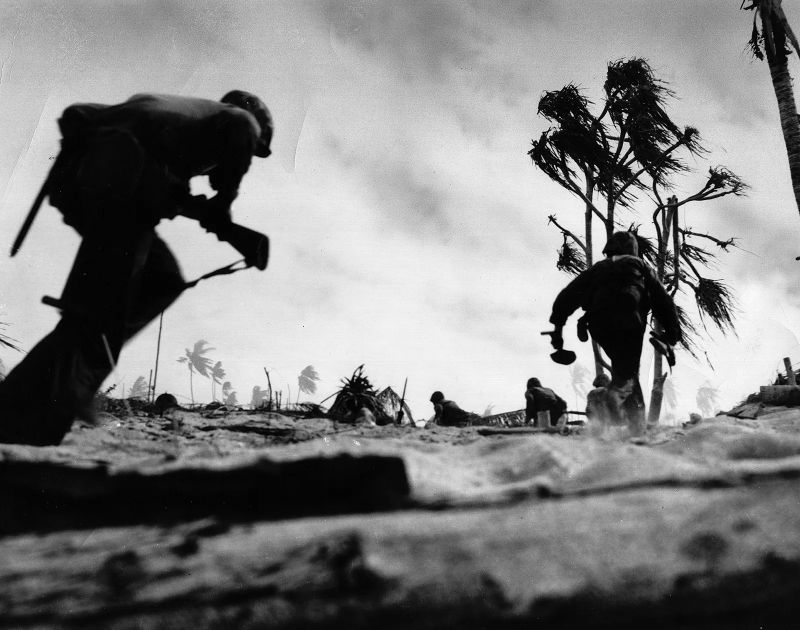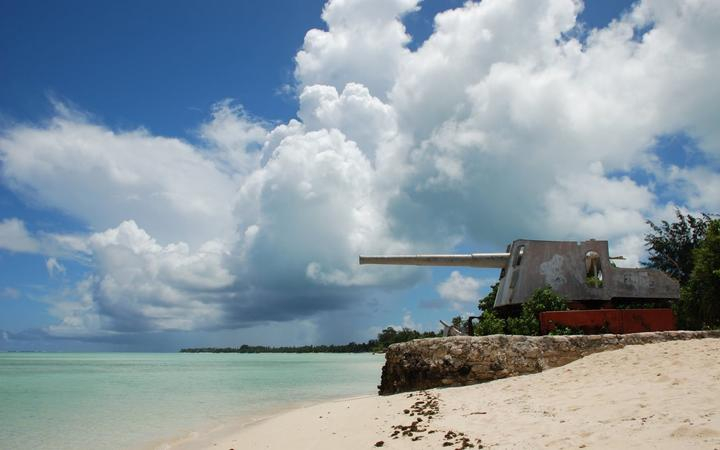History of Kiribati
Before the arrival of Samoans and Fijians between the 14th and 16th centuries, Kiribati was populated by Micronesians thought to have come from Southeast Asia or Indonesia. Gilbert, an English explorer who visited the islands in the 18th century before they became a British Protectorate in 1892 with Tuvalu, and a colony in 1916, gave it its English name. Kiribati, unlike Tuvalu, was invaded by Japanese forces during WWII and severely damaged. The Japanese guns discovered on Tarawa's shore are some of the war's relics.
Phosphate was discovered in some parts of Kiribati and mined by the British, who even relocated the population of Banaba Island to Fiji at the end of WWII to facilitate mining. Kiribati, along with the Marshall Islands, was the site of several British and American nuclear tests after WWII, mostly on Kiritimati Island and the Malden Islands, between 1957 and 1962. The test had disastrous consequences for the local population as well as civilian and military personnel from the United States, the United Kingdom, New Zealand, Fiji, and Australia, which were all British colonies at the time. Marine and wildlife populations were also impacted. Kiritimati is now a protected area and a popular fishing destination around the world. This is unquestinably one of the interesting things to know before traveling to Kiribati.












